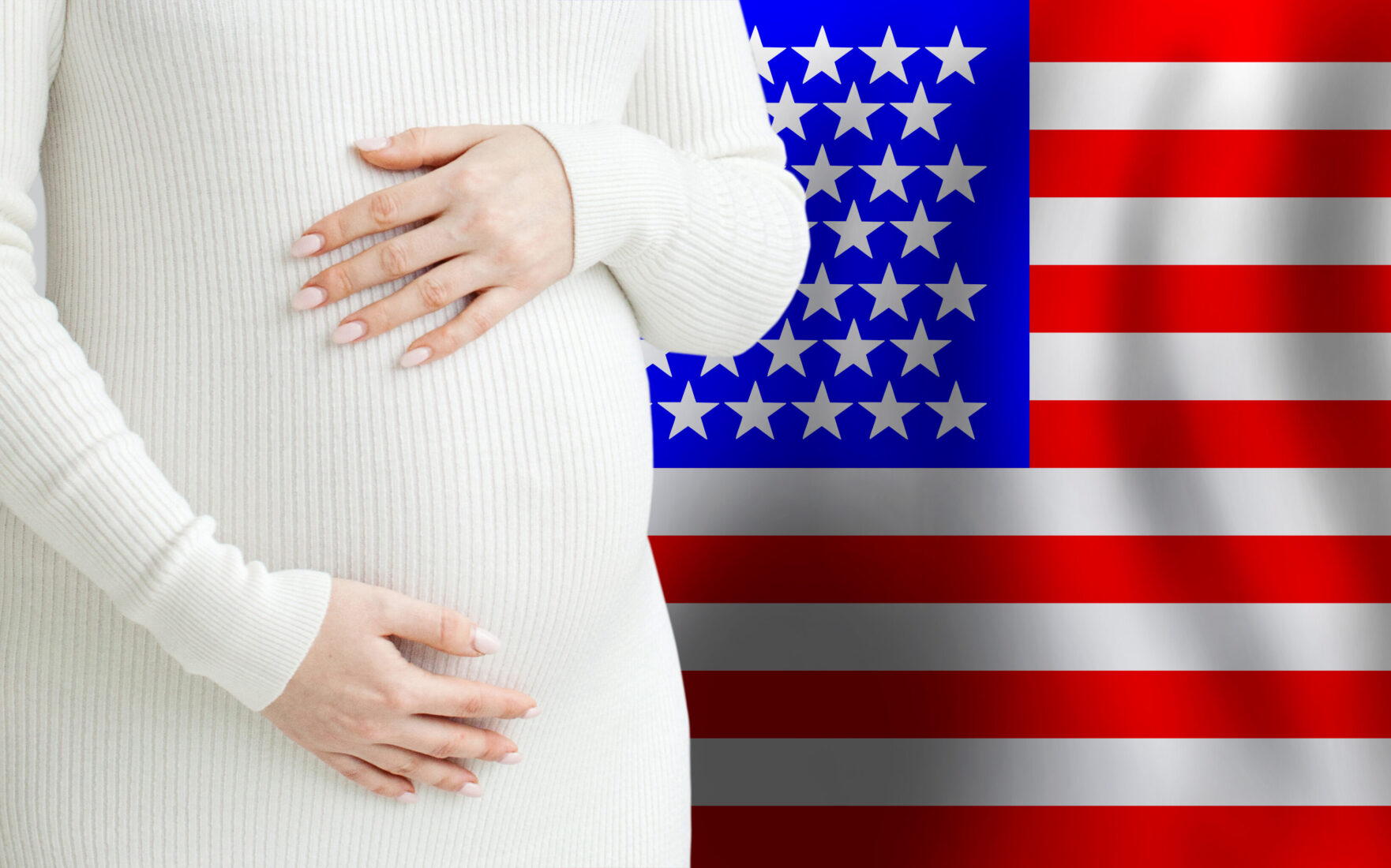
OPINION: Trump admin expands IVF access and lowers drug costs, but there is more work to be done
The Trump administration’s announcement on Thursday to expand access to fertility benefits and drugs is an excellent step in the right direction, but there is one critical piece missing
Opinion-editorial by Summer Lane | October 17, 2025
This week, the Trump administration took a big step forward in fulfilling a critical campaign promise to American couples seeking to build families: a significant expansion of in-vitro Fertilization (IVF) access, along with reduced fertility drug costs.
After months of review, President Donald Trump finally announced on Thursday that he had secured an agreement with the pharmaceutical manufacturing company EMD Serono, which will offer discounts on key fertility medications of up to 84 percent.
According to the White House, this will include integral medications used during the IVF process, like GONAL-F.
“The Centers for Medicare and Medicaid Services estimates women can save up to $2,200 per cycle of fertility drugs as a result of this deal on drugs that often cost over $5,000,” the White House stated. “Fertility drugs represent almost 20% of the total cost of a fertility treatment cycle.”
Along with reduced pricing, President Trump announced a “New Benefit Option” that employers may offer their employees as part of a health insurance package. This could cover, or at least partially cover, the cost of fertility treatments, including IVF.
Employers may provide this coverage option just as they would dental or vision options, according to the White House.
“From the very first phone call we ever had, your support was strong, it was steadfast, it was unwavering – and because of you, millions of Americans are going to have a greater opportunity to bring the greatest gift, in my opinion, life, into this world,” said U.S. Senator Katie Britt, R-Ala., during Thursday’s special announcement in the Oval Office, praising the president’s leadership on this critical issue.
This announcement is a critical step forward in securing widespread access to fertility treatment for millions of couples who dream of expanding their families in the United States.
A ‘national security threat’
During Thursday’s announcement in the White House, U.S. Health and Human Services Secretary Robert F. Kennedy Jr. decried the declining birth rate in America. He called it a “national security threat” because the nation is currently below a healthy population replacement rate.
According to Pew Research, the total fertility rate in the U.S. has dropped steadily over the past 20 years, and by 2100, the average number of live births per woman – worldwide – is expected to decline significantly.
Some of this is cultural, but rising infertility contributes to a large portion of this declining birth rate. Around one in six couples struggle to conceive, and according to Cofertility, 42 percent of Americans have “either sought fertility treatment themselves or know someone who has.”
Fertility treatments in America are also exorbitantly expensive. For example, the average cost of IVF is anywhere between $15,000 and $30,000 per cycle, according to Stanford.
This outrageously high cost often stops couples from being able to achieve their dreams of building a family. Therefore, the Trump administration’s move to allow fertility benefits to be an option for employees whose workplaces opt into it is a very big deal, and it’s something that should have been done decades ago.
There is more work to be done
During his 2024 campaign, President Trump promised to force health insurance companies to provide fertility benefit coverage.
“Because we want more babies, to put it very nicely,” he said in August 2024.
In February, he signed an executive order mandating a review of IVF-related costs in the United States to create a policy to address these barriers to family building nationwide.
This week’s IVF and fertility announcements are a direct result of that EO and review, although to be clear, it does not mandate that employers must provide this option.
But there is more work to be done. While the lowered costs of fertility medication are certainly a huge win for everyone, the option to purchase fertility benefits must be made available for Americans who, by the millions, are self-employed.
Direct fertility coverage options need to be purchasable even for self-paying healthcare plans to make IVF and fertility treatment access truly available to all Americans. Why? Consider this: 16.5 million Americans are self-employed in the United States currently, according to the Bureau of Labor Statistics.
How many of these small business owners and entrepreneurs won’t have the same access to fertility benefit options as other Americans who are “employed”? Why should there be a disparity there? Fertility benefits, just like dental and vision, should be purchasable to anyone who wants them or needs them.
If the Trump administration could accomplish this final milestone for couples in America, it would be the last step to solidifying the president’s legacy as the most pro-life president in history.
Photo: Adobe Stock




























